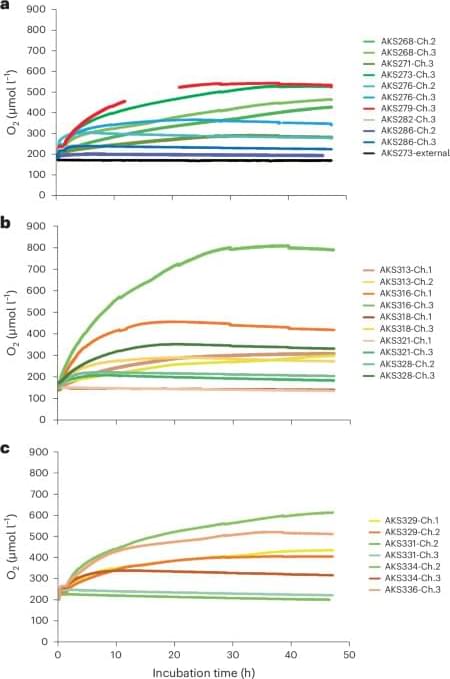Xanadu has demonstrated the on-chip generation of GKP states—error-resistant photonic qubits—marking a first-of-its-kind milestone.


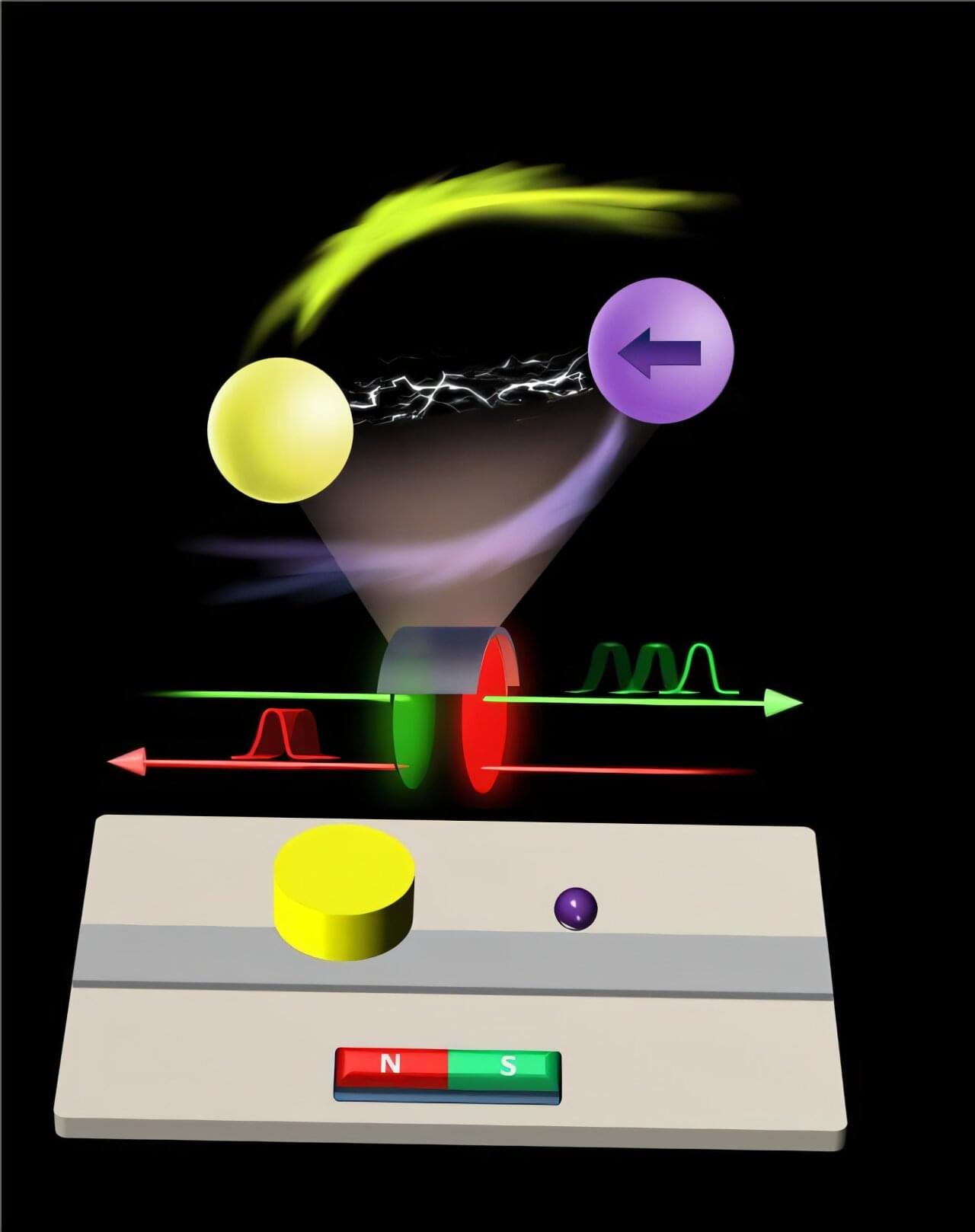
The reliable manipulation of the speed at which light travels through objects could have valuable implications for the development of various advanced technologies, including high-speed communication systems and quantum information processing devices. Conventional methods for manipulating the speed of light, such as techniques leveraging so-called electromagnetically induced transparency (EIT) effects, work by utilizing quantum interference effects in a medium, which can make it transparent to light beams and slow the speed of light through it.
Despite their advantages, these techniques only enable the reciprocal control of group velocity (i.e., the speed at which the envelope of a wave packet travels through a medium), meaning that a light beam will behave the same irrespective of the direction it is traveling in while passing through a device. Yet the nonreciprocal control of light speed could be equally valuable, particularly for the development of advanced devices that can benefit from allowing signals to travel in desired directions at the desired speed.
Researchers at the University of Manitoba in Canada and Lanzhou University in China recently demonstrated the nonreciprocal control of the speed of light using a cavity magnonics device, a system that couples microwave photons (i.e., quanta of microwave light) with magnons (i.e., quanta of the oscillations of electron spins in materials).

Pressure is on Apple to show it hasn’t lost its magic despite broken promises to ramp up iPhones with generative artificial intelligence (GenAI) as rivals race ahead with the technology.
Apple will showcase plans for its coveted devices and the software powering them at its annual Worldwide Developers Conference (WWDC) kicking off Monday in Silicon Valley.
The event comes a year after the tech titan said a suite of AI features it dubbed “Apple Intelligence” was heading for iPhones, including an improvement of its much criticized Siri voice assistant.
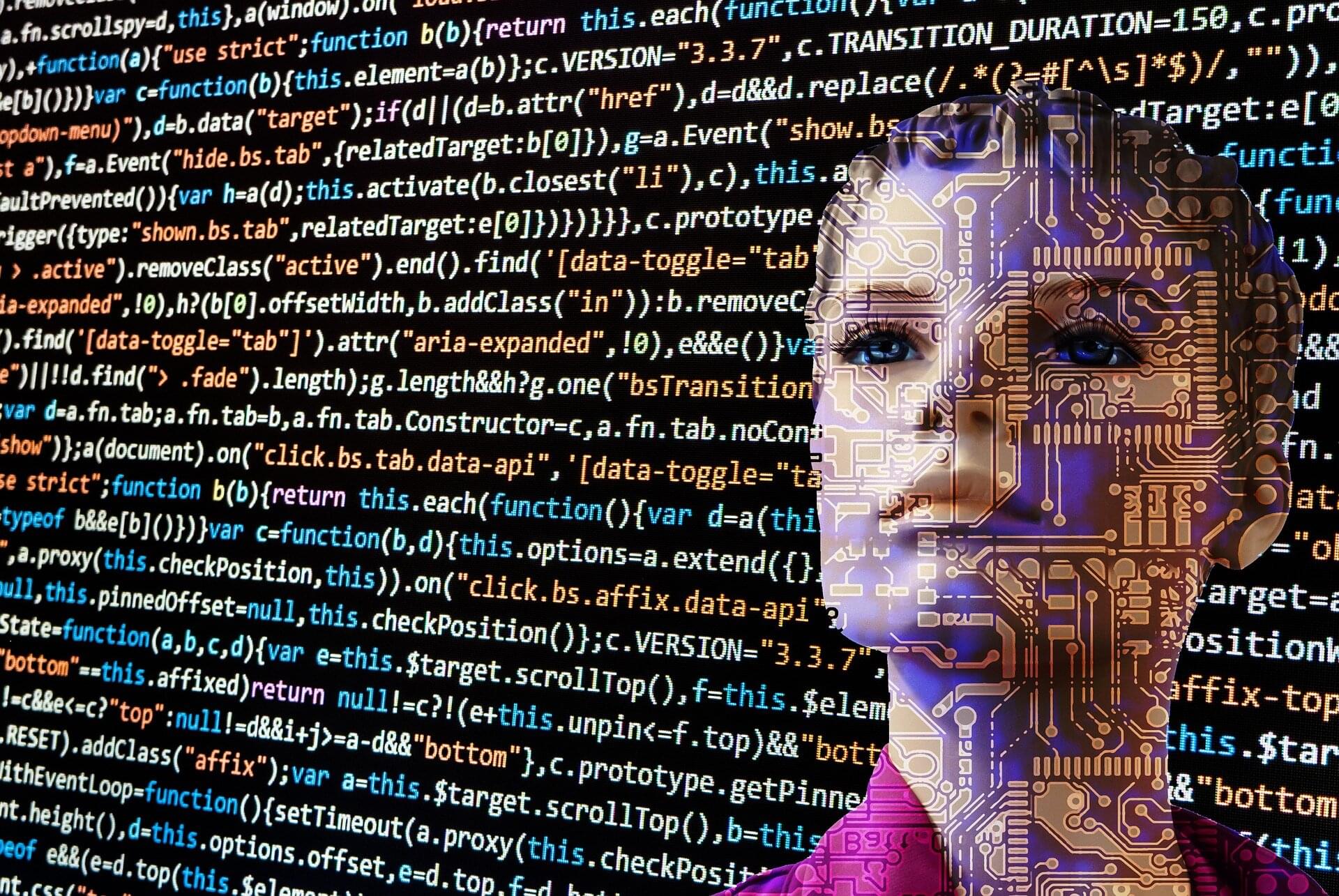
Whether you’re streaming a show, paying bills online or sending an email, each of these actions relies on computer programs that run behind the scenes. The process of writing computer programs is known as coding. Until recently, most computer code was written, at least originally, by human beings. But with the advent of generative artificial intelligence, that has begun to change.
Now, just as you can ask ChatGPT to spin up a recipe for a favorite dish or write a sonnet in the style of Lord Byron, you can now ask generative AI tools to write computer code for you. Andrej Karpathy, an OpenAI co-founder who previously led AI efforts at Tesla, recently termed this “vibe coding.”
For complete beginners or nontechnical dreamers, writing code based on vibes—feelings rather than explicitly defined information—could feel like a superpower. You don’t need to master programming languages or complex data structures. A simple natural language prompt will do the trick.
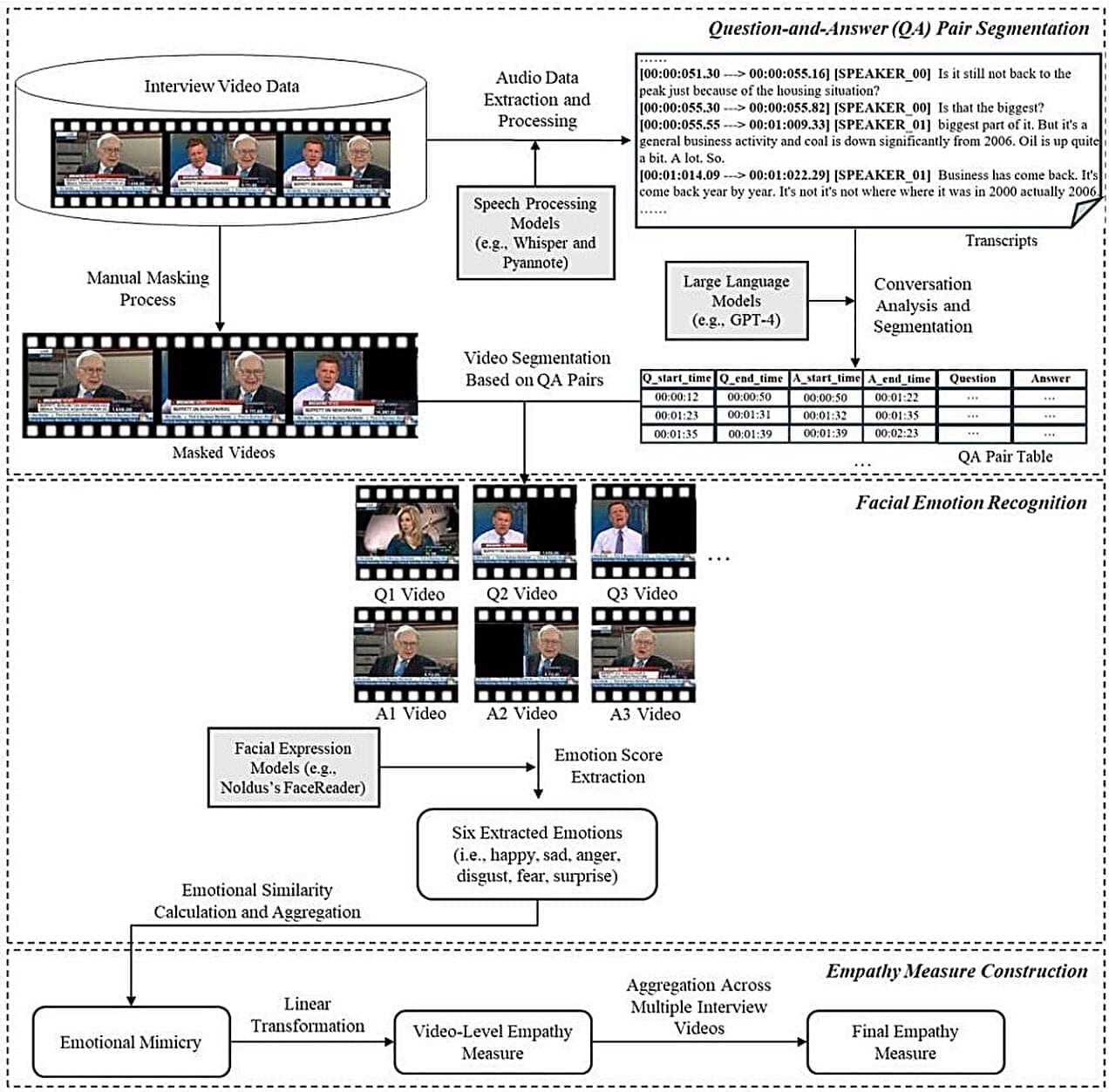
Empathy, the ability to understand what others are feeling and emotionally connect with their experiences, can be highly advantageous for humans, as it allows them to strengthen relationships and thrive in some professional settings. The development of tools for reliably measuring people’s empathy has thus been a key objective of many past psychology studies.
Most existing methods for measuring empathy rely on self-reports and questionnaires, such as the interpersonal reactivity index (IRI), the Empathy Quotient (EQ) test and the Toronto Empathy Questionnaire (TEQ). Over the past few years, however, some scientists have been trying to develop alternative techniques for measuring empathy, some of which rely on machine learning algorithms or other computational models.
Researchers at Hong Kong Polytechnic University have recently introduced a new machine learning-based video analytics framework that could be used to predict the empathy of people captured in video footage. Their framework, introduced in a preprint paper published in SSRN, could prove to be a valuable tool for conducting organizational psychology research, as well as other empathy-related studies.
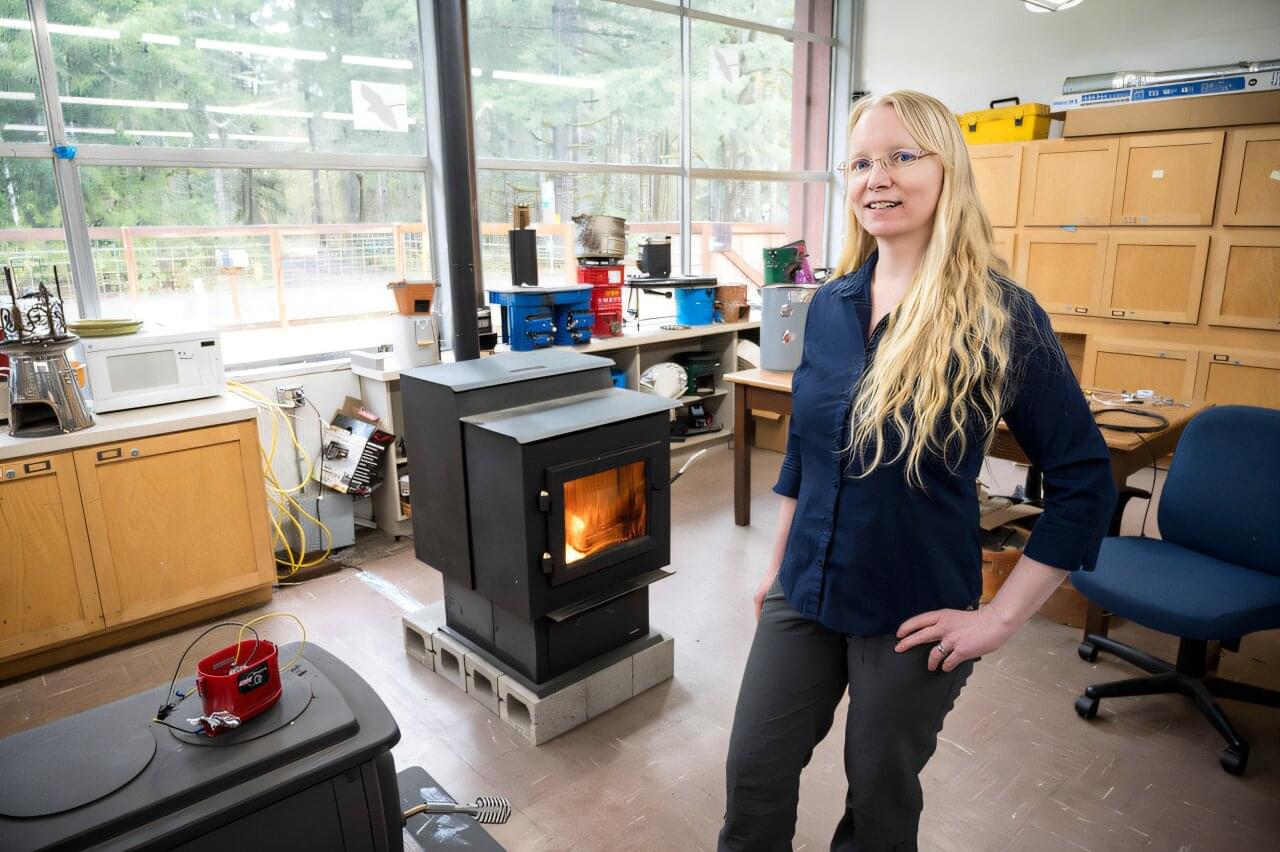
Oregon State University researchers are gaining a more detailed understanding of emissions from wood-burning stoves and developing technologies that allow stoves to operate much more cleanly and safely, potentially limiting particulate matter pollution by 95%.
The work has key implications for human health as wood-burning stoves are a leading source of PM2.5 emissions in the United States. PM2.5 refers to fine particulate matter with a diameter of 2.5 micrometers or smaller that can be inhaled deeply into the lungs and even enter the bloodstream. Exposure to PM2.5 is a known cause of cardiovascular disease and is linked to the onset and worsening of respiratory illness.
Even though a relatively small number of households use wood stoves, they are the U.S.’s third-largest source of particulate matter pollution, after wildfire smoke and agricultural dust, said Nordica MacCarty of the OSU College of Engineering.
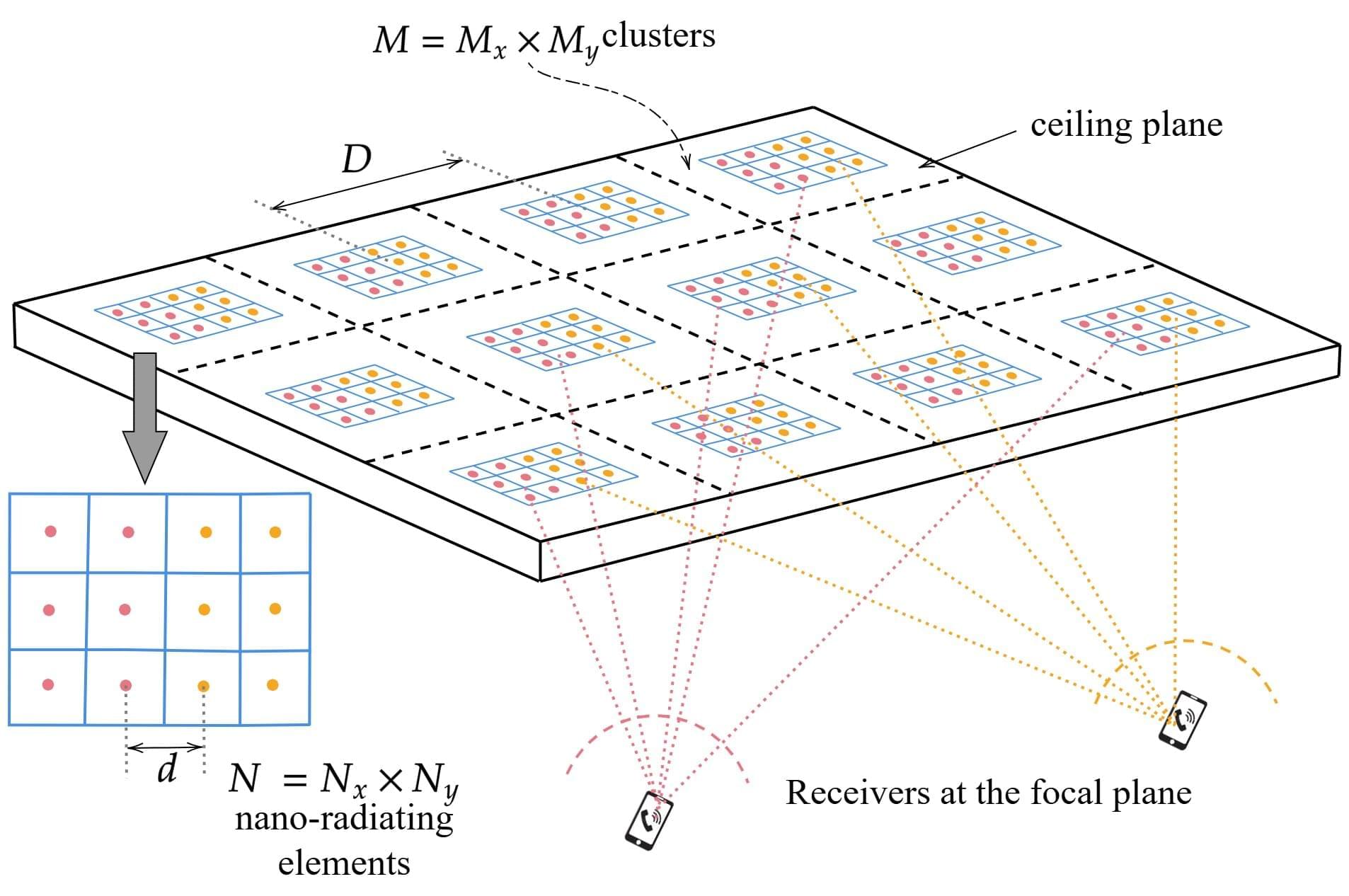
Connectivity is no longer a luxury—it is the backbone of how we live, work and move through the world. From smart homes to wearable tech, we rely on strong, seamless wireless networks. But with traditional radio frequency systems like Wi-Fi and Bluetooth reaching their limits in spectrum and precision, it is time for a rethink. What if we could use light to communicate indoors—precisely, silently and efficiently?
That is the vision behind our latest research. We have developed a indoor optical wireless communication (OWC) system that uses finely focused infrared beams to deliver lightning-fast, interference-free connections—while drastically reducing energy use. Imagine a network where every device gets its own invisible beam of light, targeted like a spotlight, without the clutter and chaos of traditional wireless signals. Our research is published in the IEEE Open Journal of the Communications Society.
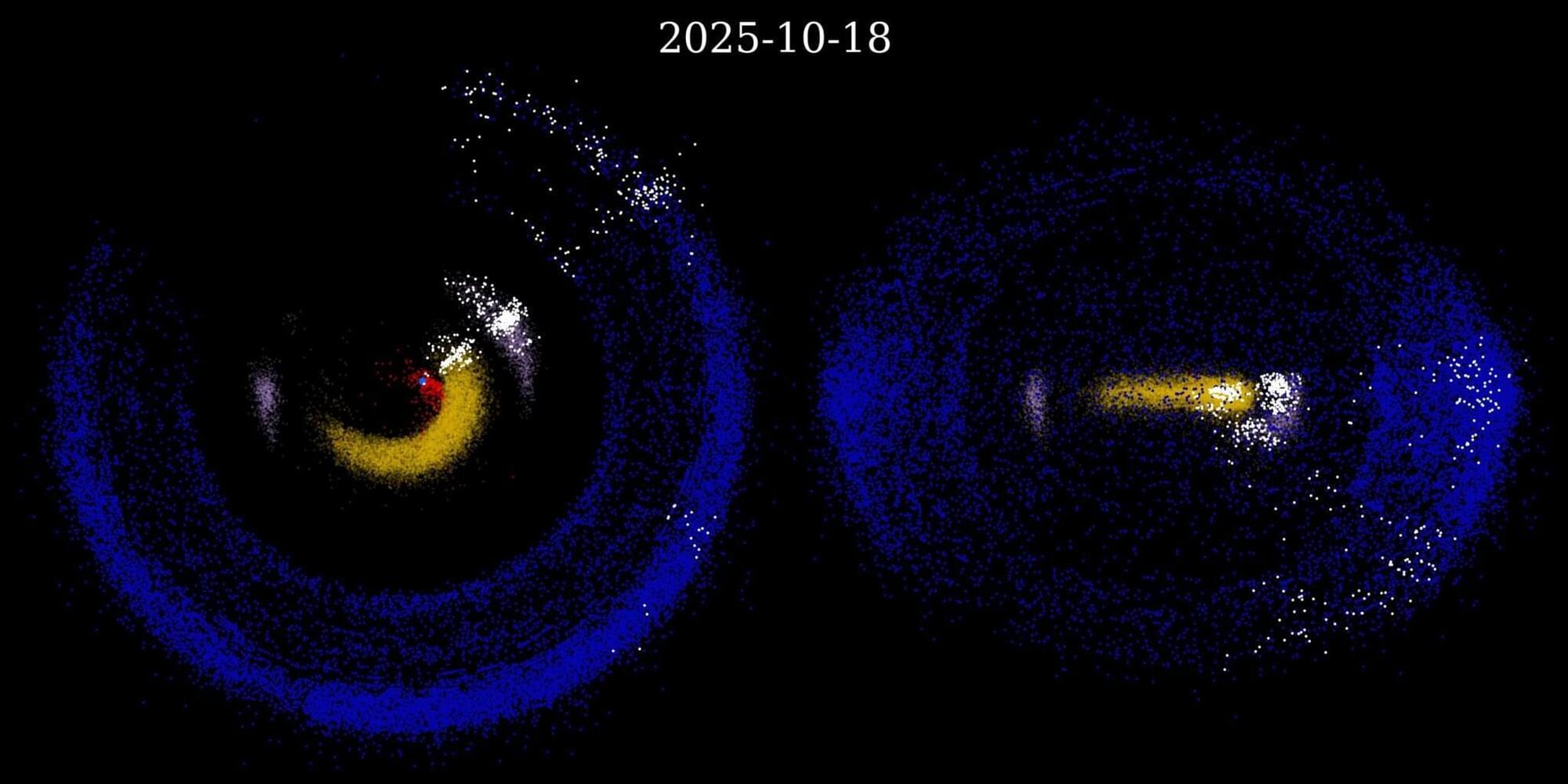
A group of astronomers from across the globe, including a team from the University of Washington and led by Queen’s University Belfast, have revealed new research showing that millions of new solar system objects will be detected by a brand-new facility, which is expected to come online later in 2025.
The NSF–DOE Vera C. Rubin Observatory is set to revolutionize our knowledge of the solar system’s “small bodies”—asteroids, comets and other minor planets.
The Rubin Observatory, under construction on the Cerro Pachón ridge in northern Chile, features the 8.4-meter Simonyi Survey Telescope with a unique three-mirror design capable of surveying the entire visible sky every few nights.

